|
This essay was written in conjunction with the Consciousness Project painting series in which consciousness is expressed as light and space.
(I was asked how this essay on consciousness relates to Post Personalism art. It relates because Post Personalism includes the study of the evolution of human consciousness, which is one of the central themes explored in Post Personalism. Does Consciousness Originate In The Human Brain? The scientific view of consciousness is unable to accept the possibility that consciousness might originate not from inside the human brain but from outside the human brain. Because to acknowledge that possibility would be in their minds a slippery slope toward believing in a distant magical divine power. And that option does not sit well with scientists. But there is an entirely different way of looking at it. As scientists haven’t the foggiest idea what causes consciousness and yet they do not hesitate to offer their opinions about it anyway—I therefore feel at liberty to offer my own opinions too. I am not a scientist, and my opinions are born out of my own observations and my own philosophical inquiry. So let me start by saying that the idea that consciousness originates from inside the human brain through biological processes is flat out . . . probably incorrect. Why? because almost all human brain functions are activated, triggered, by things outside of the human brain. Read more.
0 Comments
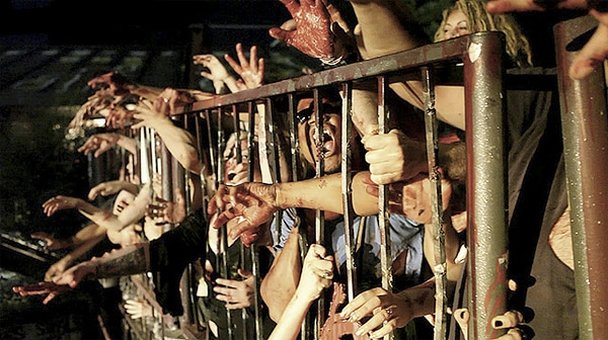 The greatest threat to humanity is not religious extremism, climate warming or nuclear war. It is the the inability of individual humans to see see themselves as unwitting slaves of collective unconsciousness. To state it theatrically, today the earth is populated almost entirely by zombies. The vast majority of humans today are like pale corpses staggering through almost-life, pushed around by TV, advertising, devices and the war on our attention. . . . Then suddenly the zombies (speaking through an interpreter) say to me: "Hey fancy mouth, you are human too so we are going to eat you!" And they begin lurching toward me. "Ok, that's fine." I say, "But before you eat me I should warn you that I am not merely human, I am post human! I may have a human appearance but I am human being. And if zombies eat being they will surely die!—I mean, in a good way this time. So I warn you, eat my flesh only if you can withstand the bitter taste of that truth!” The zombies halt their lurching and look at each other confused. The moral of the story is, when we are more being than human, we are no longer controlled by collective unconsciousness. So don't be a zombie artist. Make art consciously. 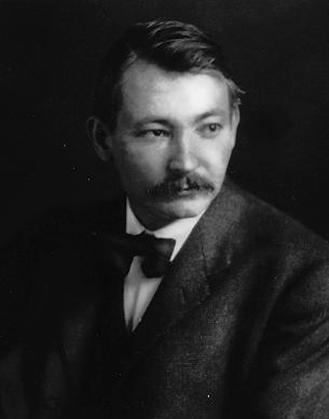 “The object isn’t to make art, it’s to be in that wonderful state which makes art inevitable.” —Robert Henri (1865-1929) Artist and author of The Art Spirit. I think Robert Henri is saying the same thing as Morris Graves when he said "My first interest is in being, along the way I am an artist." They are both pointing to a dimension that is deeper within the artist. The Post Personal Project is about changing consciousness. Not merely changing the furniture of the mind. -ph
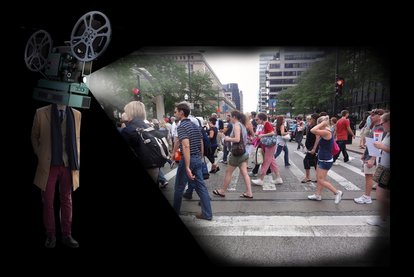 Imagine for a moment that your head is a movie projector. Now imagine that the world you see before you is a projection of your mind. You see your world flowing outward from you and filling the space beyond as far as the lens of your eye can see. And whichever direction you turn, your mind continues filling that void out there with a brightly colored moving image of your world. Most people believe their world is real, but some philosophers believe the world is a dream created by the “dream machine” of the mind. Sometimes it’s a happy dream and sometimes tragic. But when we finally realize it’s only a dream, then however it is, is ok. It's just a dream. Then we avoid becoming a character in a movie of our own imagination. 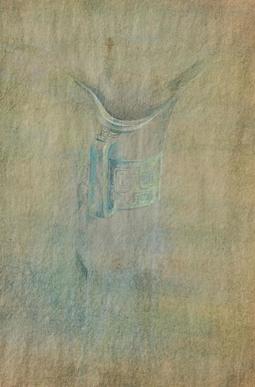 "Consciousness Achieving the Form of a Cup XV" by Morris Graves "Consciousness Achieving the Form of a Cup XV" by Morris Graves When I have shared artist Morris Graves' statement "My first interest is in being. Along the way I am an artist." with fellow artists they sometimes misunderstand its meaning. They think he is saying that he really doesn't care about art all that much. Otherwise he would have said his first interest is in art, so he must not have been a very committed artist. However, given his vast output of artwork it would be inaccurate to think that he was not committed. I believe in his statement he is placing the state of his consciousness ahead of the art-making process. Because he knew that art is a reflection of the artists state of consciousness. But most artists are so preoccupied with their process that they rarely step back to consider the state or quality of their consciousness from which their artwork arises. Graves called that state "being". And to be grounded in the state of pure being was to Graves a prerequisite for producing meaningful art. His interest in the subject of being and consciousness can be found in many of his works. 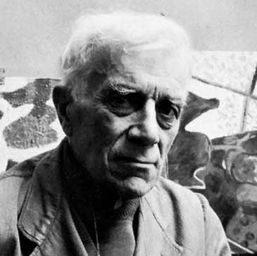 Georges Braque (1882-1963) Georges Braque (1882-1963) "Art is a wound that turns into light." - Georges Braque Art is a wound because it documents human suffering. It reveal humanity’s psychological pain. Art—the wound, turns into light when it enables us to see the pain. Once we see the pain, healing begins. The "light" symbolizes a new state of consciousness that transcends the old wounded state. Another way of saying it is that out of suffering comes beauty, like the pains of birth, I am told. This was true in Van Gogh's case. His life was apparently full of suffering and yet we are in awe of the beauty of his artwork. The wound is an opening, like a door, or a gash that opens into light. We have to go through the wound to reach the light beyond. We do not evolve if we do not face our wounds then move beyond them. James Joyce said the same thing as Braque but in a slightly different way: "History is the nightmare from which I am trying to awake." Contained in history is the record of human insanity and suffering. But when we finally awaken, we realize that our awakening was brought about by our suffering. 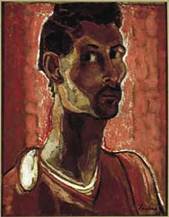 Morris Graves Self Portrait (1910-2001) Morris Graves Self Portrait (1910-2001) " . . . I have learned that art and nature are mind's Environment within which we can detect the essence of man's Being and Purpose, and from which we can draw clues to guide our journey from partial consciousness to full consciousness." "I paint to evolve a changing language of symbols and language with which to remark upon the qualities of our mysterious capacities which direct us toward ultimate reality." —Morris Graves 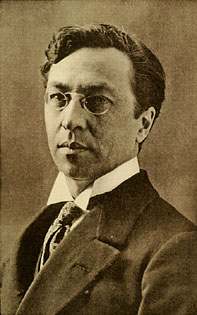 Wassily Kandinsky (1866-1944) Wassily Kandinsky (1866-1944) As stated in Concerning the Spiritual In Art : Kandinsky felt that an authentic artist creates art from "an internal necessity" that inhabits the tip of an upward-moving pyramid. This progressing pyramid is penetrating and proceeding into the future. What Kandinsky is suggesting that what we thought was strange or inconceivable yesterday is commonplace today. What is avant guard today (and understood only by the few) will be common knowledge tomorrow. The modern artist–prophet stands alone at the apex of the pyramid, according to Kandinsky. There, the artist makes new discoveries and ushers in tomorrow's reality. How do Kandinsky's comments relate to Post Personalism? Kandinsky was speaking in the language of his time. In our present time however, the "tip of the upward-moving pyramid" would be to say "the forefront of the evolution of human consciousness." It's the same thing. In other words, the new avant guard are those awakening to the reality of oneness. |
AuthorPatrick Howe, Artist, Author, Educator, Electronic Music Composer Blog Categories
|

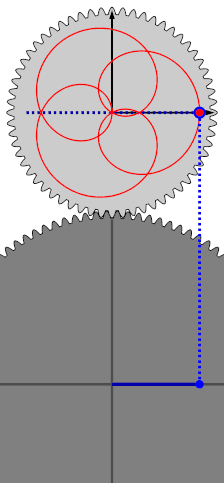
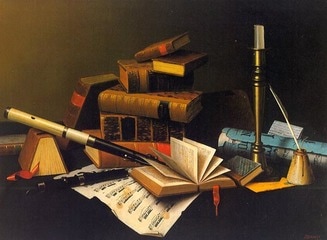
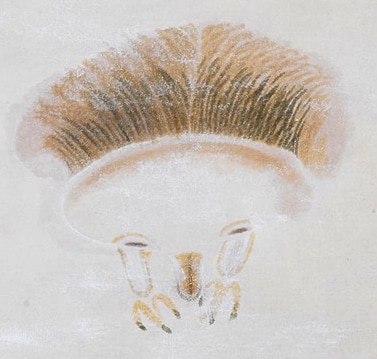

 RSS Feed
RSS Feed
